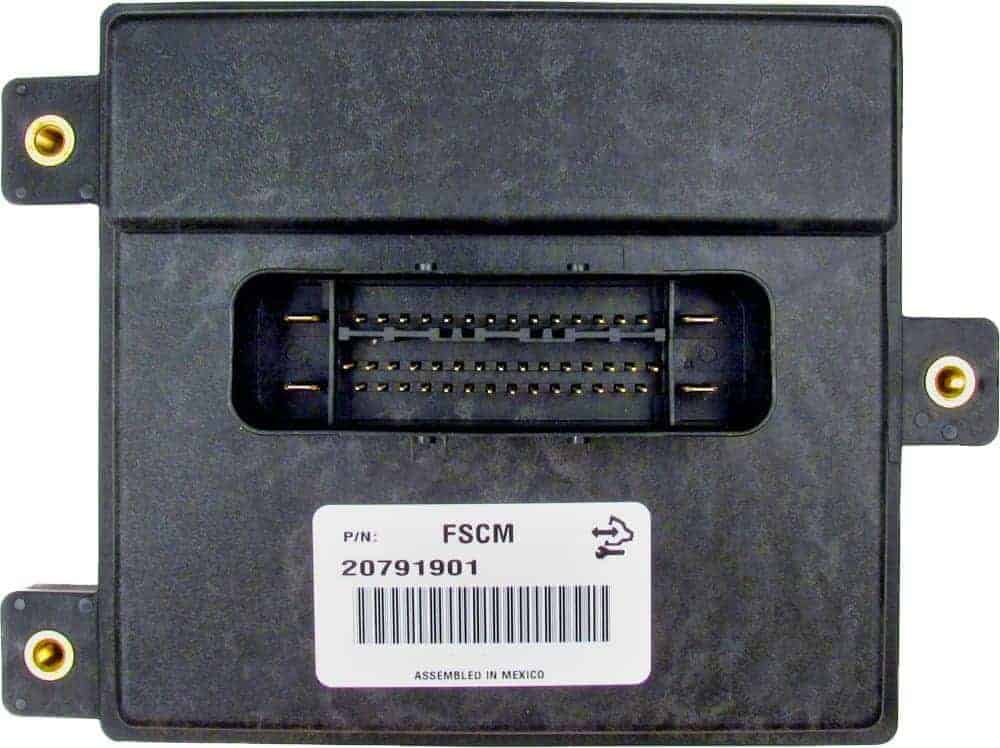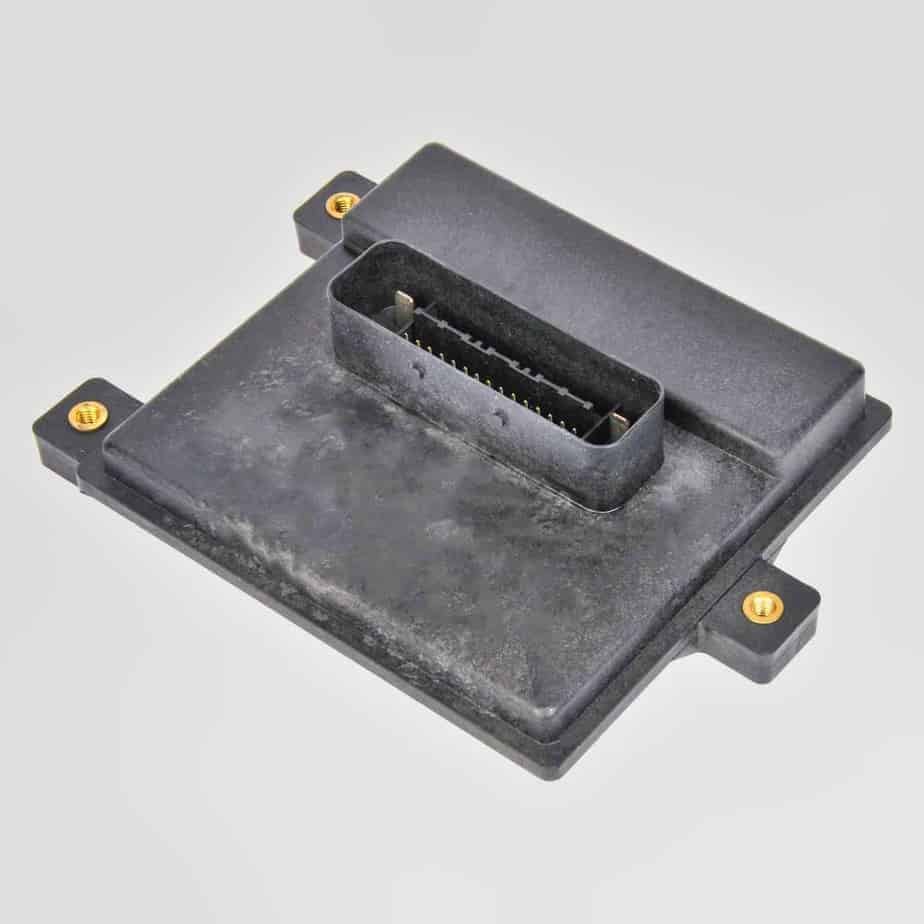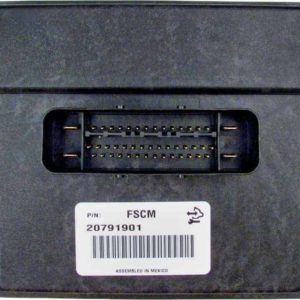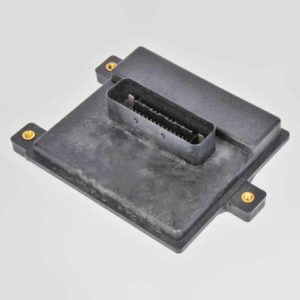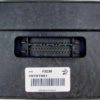Is Your GM Truck or SUV Stalling, Hesitating, or Refusing to Start?
If you’re dealing with frustrating engine performance issues like stalling at red lights, a crank-no-start condition, or an illuminated check engine light with codes like P069E, P0230, or P0606, a failing Fuel System Control Module (FSCM) is the most likely cause. Located on the frame rail of many GM trucks and SUVs, this critical component is exposed to harsh road conditions, leading to internal failure and leaving you stranded. Don’t waste money replacing a perfectly good fuel pump—address the real problem with a reliable, pre-programmed solution.
From the Shop Floor: “Just last month, a 2011 Silverado 1500 was towed in. The owner had already spent a weekend replacing the in-tank fuel pump, but the truck still wouldn’t start. His scanner showed a P069E code (Fuel Pump Control Module Commanded OFF). Before condemning the new pump, I went straight to the FSCM on the driver’s side frame rail. The connector was clean, but the module itself was dead. We installed one of our pre-programmed units, and the truck fired right up. It’s a classic case I’ve seen hundreds of times—the FSCM fails far more often than the pump it controls, especially on these 2010-2012 models.”
The Smart Solution: A VIN-Programmed GM Fuel Control Module
This isn’t just a replacement part; it’s a complete, ready-to-install fix. We take a genuine GM module and flash it with the latest, most stable software release from General Motors, specifically matched to your vehicle’s VIN. This eliminates the need for an expensive trip to the dealership for programming, saving you time and money. You get a part that communicates flawlessly with your vehicle’s computer systems right out of the box.
Key Benefits of This FSCM:
- ✔ Fixes Common Fuel System Problems: Directly resolves issues like engine stalling, hesitation, no-start conditions, and erratic fuel gauge readings caused by a faulty FSCM.
- ✔ Clears Diagnostic Trouble Codes: A permanent solution for codes P069E, P0230, P0606, and other related fuel system faults.
- ✔ 100% Plug-and-Play: Arrives pre-programmed to your exact VIN. No dealer visit or special tools required for software setup.
- ✔ Latest GM Software: We ensure your module has the most current software updates to correct factory bugs and improve performance and longevity.
- ✔ Broad Compatibility: Replaces multiple part numbers including 20791901, 20827745, 20877116, and 20850927.
Simple, Straightforward Installation Guide
Replacing your GM Fuel Control Module is a job most DIY mechanics can handle in under an hour with basic tools. While the exact location varies slightly by model (check your service manual), it’s typically found on the driver’s side frame rail or near the rear crossmember.
- Safety First: Disconnect the negative terminal from your vehicle’s battery.
- Locate the Old Module: Find the FSCM, usually a small silver box mounted to the frame. You may need to remove the spare tire for better access on some trucks.
- Disconnect and Remove: Carefully unplug the electrical connector. Use a small screwdriver to gently release the locking tab if necessary. Then, unbolt the module from its mounting bracket.
- Inspect the Connector: Before installing the new module, thoroughly inspect the vehicle-side electrical connector for any signs of corrosion (green or white powder). Clean it with electrical contact cleaner and a small brush if any is present. A poor connection is a primary cause of repeat failures.
- Install the New Module: Bolt the new, pre-programmed FSCM into place and securely reconnect the electrical harness until it clicks.
- Final Steps: Reconnect the battery terminal. The vehicle is now ready to start. The check engine light may take a few drive cycles to turn off on its own, or you can clear the codes with a standard OBD-II scanner.
Important: To ensure a perfect, plug-and-play experience, please provide your vehicle’s 17-digit VIN in the notes at checkout or send it to us in a message after your purchase. We cannot ship your order until we have programmed the module.
